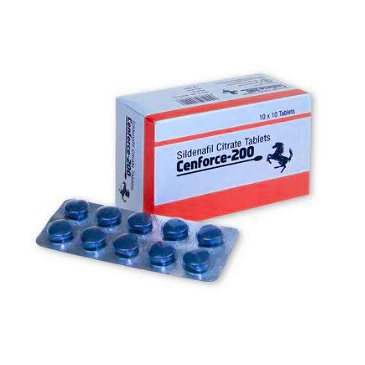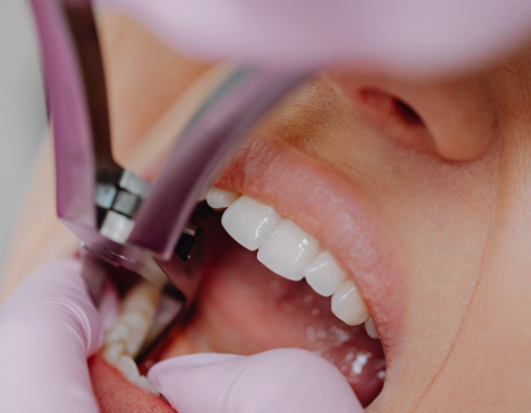Clinical waste or bio-waste includes all or part human or tissue, bodily wastes, pharmaceutical products, syringes, needles, swabs, and so on. Different common dental wastes embrace x-ray fixer and developer likewise as minerals found in dental molds.
Wastes from all attention facilities embrace dangerous substances that require to be disposed of safely. A dental workplace could be a busy place. Patients are coming back and going throughout the day. Cleanings, X-rays, fillings, crowns, root canals. All of that activity makes for a difficult provision drawback — what to try and do with the ensuing unsafe waste.
Fortunately, there are health and safety protocols that guide sharp dental disposal and other harmful waste. Practitioners ought to adhere to these tips to avoid compliance problems.
Here are ways to dispose of the six commonest dental waste. Thus, keeping your patients safe, the surroundings clean, and your business compliant.
Dental sharp disposal
Sharps embrace syringes, needles, and different sharp instruments. They must be placed in a well-labeled container. Sharps containers should be puncture-resistant and leak-proof. The instrumentation ought to be visible and simply approachable by the person victimizing the sharps, and not placed in high-traffic areas, beneath sinks, within cupboards, or close to light-weight switches.
You also would like a secure procedure or protocol to use sharp instruments properly and avoid needle-stick injuries and future infections. Personal protection instrumentation ought to be created on the market for the workers where needed.
Managing Amalgam Waste
Amalgam is employed as a restorative material in dental practices. It consists of many chemicals that mercury holds along. Mercury could be a dangerous chemical that may enter the surroundings through scrap, vapors, or wastewater. Therefore, clinical waste containing amalgam should not be disposed of within the sharps instrumentation, within the garbage, or down the drain.
Amalgam separators capture mercury in wastewater and stop it from oozing into the bottom. The devices are found to be effective in capturing ninety-five amalgam particles. The separators should be fitted to the dental chair likewise because the wastewater sinks to stop untreated water from stepping into the surroundings.
Dental Waste Containing Silver
Waste that features silver may be found in dental practices. As an example, solve has high quantities in x-ray fixers and developers. Thanks to waste material treatment processes, silver thiosulphate converts into a silver chemical compound, which may go down the drain ( this is illegal ) and settle in sludge. This, in turn, affects aquatic life and, therefore, the surroundings adversely.
The waste and used photographic film may be collected by medical specialty waste disposal corporations or by reclamation corporations. Or else, dental practices will think about switching to digital instrumentation to avoid the employment of x-ray machines.
Final words
All medical waste with dental waste inclusive can be dangerous if not handled correctly. However, as medical personnel, it is important to know the correct ways to dispose of sharp waste to avoid all possible accidents that can lead to disease outbreaks.




